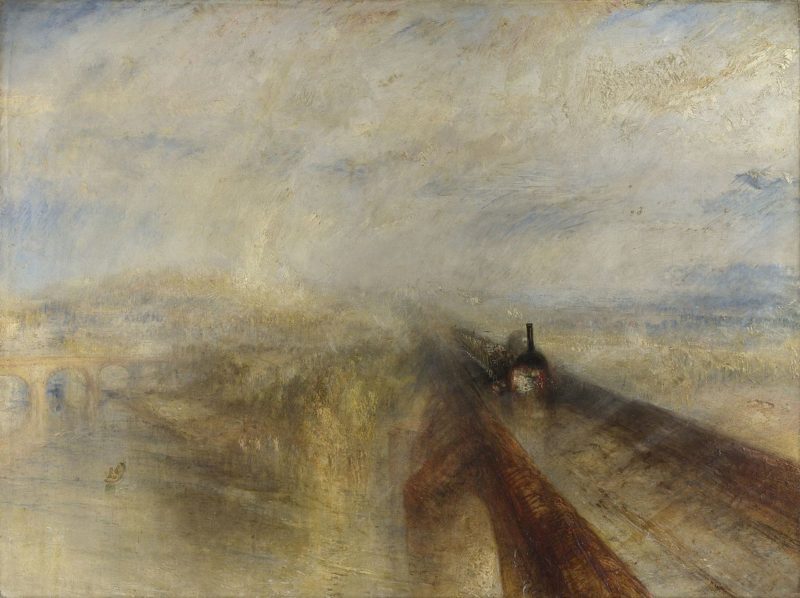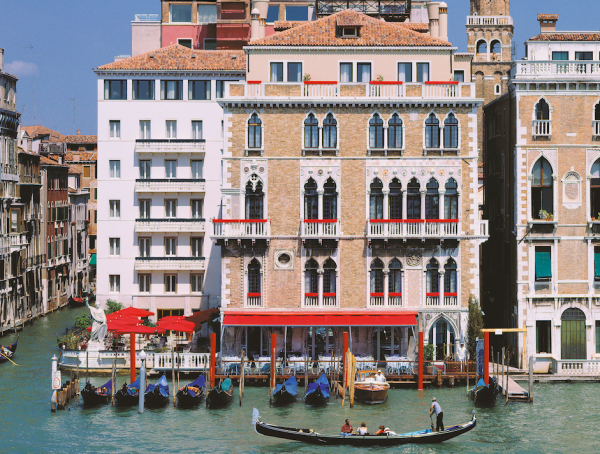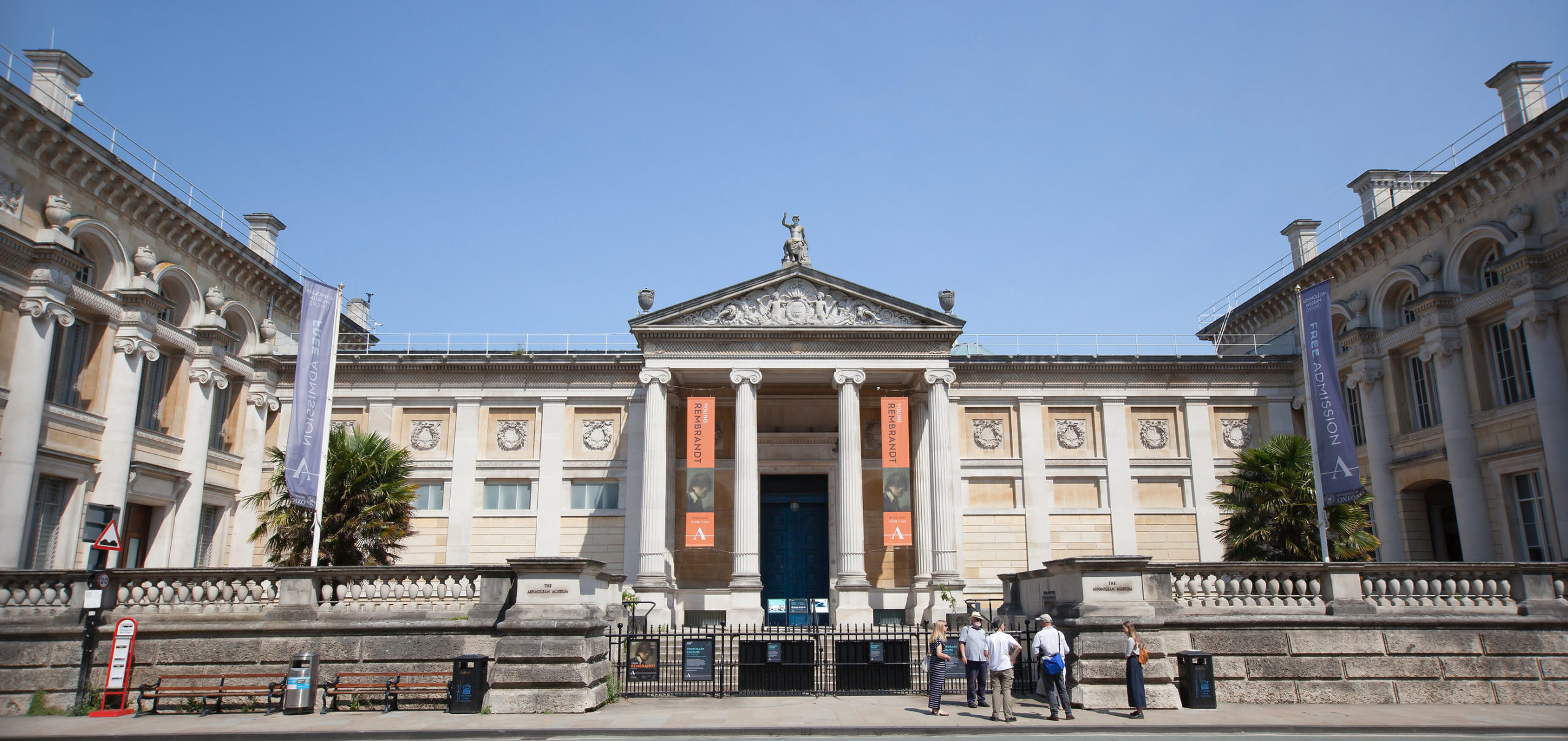Looking at old paintings can sometimes come close to time traveling. Such paintings let us take a glimpse of what the world looked like centuries ago: how people dressed, where they lived, and how the places we know and love have changed through the years. But did you know that climate and atmosphere changes were also captured by artists? A study published in the Proceedings of the National Academy of Sciences found that the impressionist paintings by Claude Monet can tell us a lot about the state of the environment at the beginning of the Industrial Revolution.
Industrial Revolution in Impressionist Paintings
Claude Monet was a famous French artist who was especially known for his impressionist paintings of nature. His depictions of lily gardens are some of his universally loved works. However, there was a period in his artistic journey when Monet moved on from romantic landscape paintings to more urban environments. The artist started painting Parisian architectural sites, including factories and railways — the newest technological advancements of the time. Art historians noted a strong hue, which was present in almost all of Monet’s urban landscapes, enveloping the buildings and bridges in a sort of mist. As it turns out, that moody mist was none other than air pollution.
Claude Monet was not the only one who incorporated this new addition to the urban scenery into his artworks. Joseph Mallord William (J.M.W.) Turner, a romanticist painter and a contemporary of Monet, painted landscapes of the industrial parts of London. The same “foggy” haze was spotted in his later works, such as “Burial at Sea” and “Rain, Steam, and Speed.” Both paintings depicted gray cloudy skies, with the objects appearing blurry as if through a foggy window. This is drastically different from his earlier romantic pieces.

Climate physicists from Paris analyzed about a hundred paintings by Monet and Turner over the course of two centuries. The investigation found that the increase in blurriness and muted colors in the art of both artists chronologically aligned with the increase in sulfur dioxide concentrations in Paris and London, reflecting the effect the air pollution had on the landscape.
Artists have to be observant — it is the world around them that inspires them to create. The fact that Monet chose not to ignore industrial pollution and made an artistic choice to include it in his impressionist paintings proves that artists have the power to make anything beautiful. The painters who lived in the era of the Industrial Revolution did not think about their works as environmental art, but they definitely would be perceived like that if they were to be created today.










